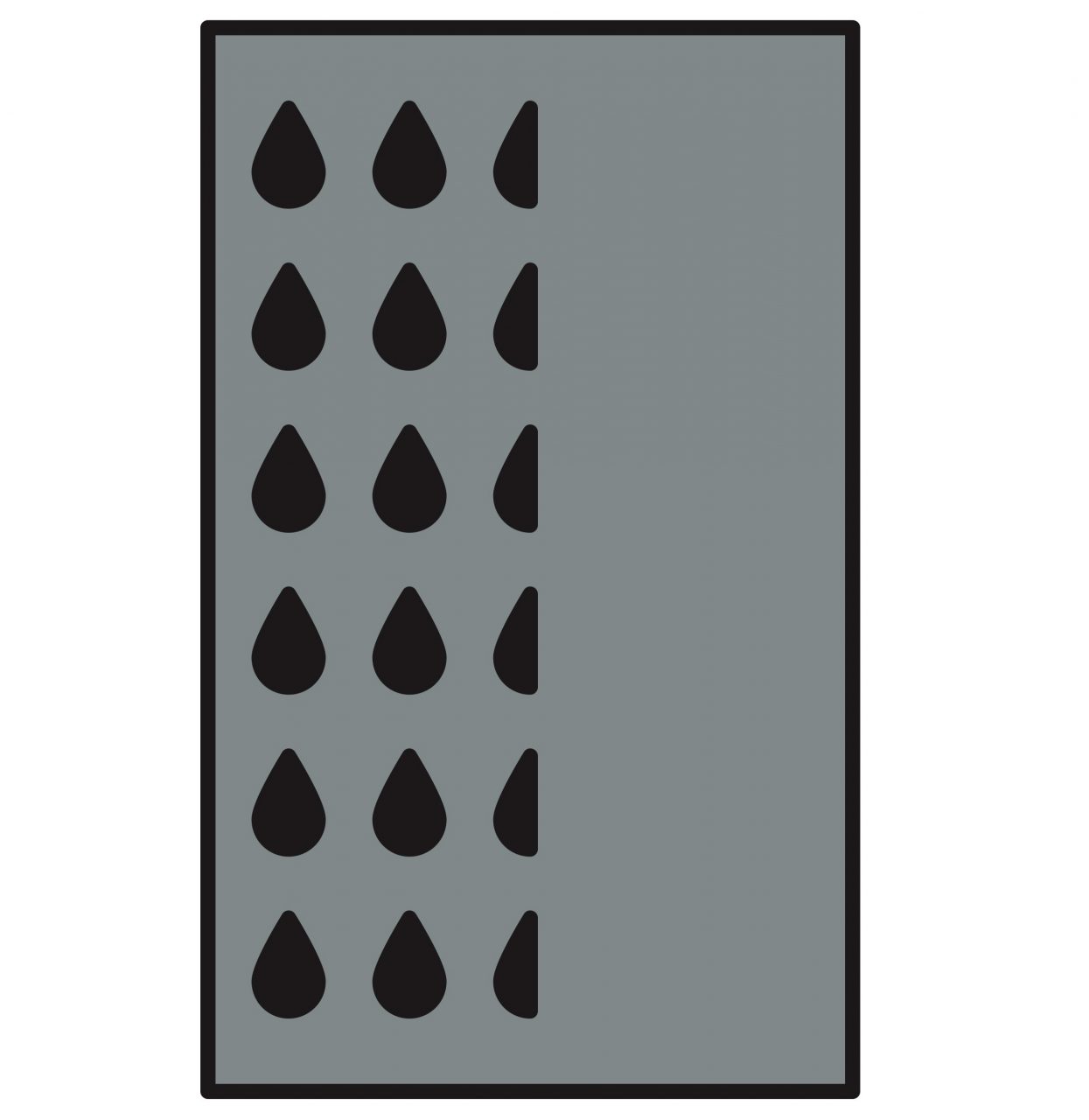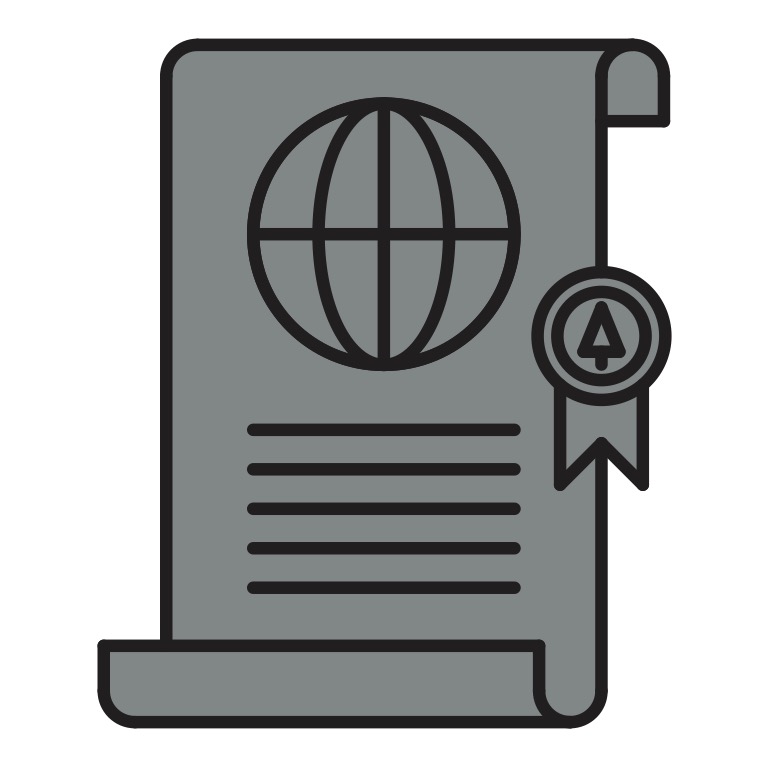
1. Choose paper wisely
Paper usually has the greatest influence on the ecological balance and the price of your product. In order to conserve resources and reduce costs, pay attention to the number of copies, formats, pages and grammage as early as possible in the planning phase. Order only the quantities that are actually required and talk to your printer in advance about the best possible use of the printed sheet. Also consider the possibility of using high bulk paper to reduce the overall weight of the job.
2. Consider the content
When choosing paper, take into account the requirements for the appearance, feel and durability of the end product. Recycled papers have many ecological advantages and can now be used for almost all applications without any problems. If, however, absolutely brilliant colour reproduction is important, or even for particular mechanical performance, virgin fibre papers are the better choice. When you select certified paper from sustainable forestry, this is fine from an ecological point of view.

3. Ask about ink
Process inks should be free of mineral oil, based on vegetable oils and free from hazardous substances (such as cobalt and its compounds).
4. Think about de-inking
In the case of special colours, varnishes and digital printing toners, de-inkability is a basic requirement.

5. Sustainable finishing
Similar requirements apply to print finishing. All adhesives, foils, special effect inks and varnishes should be demonstrably separable from the paper in the recycling process and should be free from hazardous substances. With a view to ecological balance, classic die-stamping and blind embossing are the best choices for finishing methods. However, if lamination increases the value and thus the service life, this is sustainable.

6. Waste produces energy
Apart from paper use, energy use in manufacturing has the greatest influence on ecological balance. Your print shop should only use certified green electricity, ideally generated – at least in part – directly on site. Use of waste heat from production for heating and cooling reduces energy use and associated greenhouse emissions.
7. Cut the chemicals
In the manufacturing process, chemical-free (or reduced) printing plate production, an IPA (isopropyl alcohol) free printing process and targeted reduction of press washes that contain VOC (volatile organic compounds) have the greatest impact on ecological balance. They also guarantee a healthy working environment in the print shop.

8. Understand labelling
An environmental label on your printed product communicates your commitment to environmental and climate protection and at the same time guarantees compliance with some of the criteria listed above. Pay attention to what the labels refer to. FSC and PEFC only consider the paper’s origin. Only the German government Blauer Engel [Blue Angel] label for printed products according to DE-UZ195, and the EU Ecolabel (less widespread in the printing sector) take into account the entire manufacturing process beyond paper. They are by far the most credible environmental labels for print products and, in addition to the use of environmentally friendly materials, also guarantee that they can be de-inked / removed in the recycling process and that energy and waste management at the print service provider works.

9. Check the certificates
If the print shop also has a certified environmental management system in accordance with ISO 14001 or EMAS, you are on the safe side when it comes to transparency and credibility. Independent auditors check annually that environmental and climate protection is implemented in the company. This also includes the continuous improvement of environmental performance, which must be clearly documented on the basis of comprehensible core indicators such as energy consumption, material use, waste quantities and emissions balances.
10. Offsetting is a last resort
As a final step, you can make your print product climate-neutral. In this process, known as climate-neutral printing, unavoidable CO2 emissions are determined and offset by investments in certified climate protection projects. The emphasis is on ‘unavoidable’. Unless all the possibilities are exhausted in advance, it is pure greenwashing!
Adapted from ‘Ten practical tips for sustainable printing’, courtesy Oeding Print, Germany.

